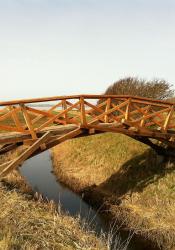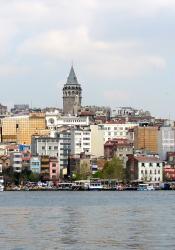Florence
The Republic of Florence, Leonardo da Vinci's birthplace and childhood home, played a large role throughout da Vinci's career. At the age of 15, da Vinci began training under artist Andrea del Verrocchio in Florence, where he trained until his departure for Milan in 1481. After a period of 17 years in Milan, da Vinci fled to Mantua and Venice before returning to Florence in 1500, beginning the "Second Florentine Period." The Second Florentine Period lasted from 1500 to 1508, during which he began mathematical studies and served as an architectural expert for the city of Florence, was interrupted by a brief stint from summer of 1502 to spring of 1503 in service of Cesare Borgia. It was during this period that da Vinci proposed ideas such as a self-supporting arched bridge. It was also a time of intense scientific discovery, marked by his innovations in dissection and anatomy.
Source:
Heydenreich, L. H. (2019). Leonardo da Vinci. In Encyclopaedia Britannica. Encyclopaedia Britannica. Retrieved May 11, 2019, from https://www.britannica.com/biography/Leonardo-da-Vinci/Second-Florentine....
Parent Map
Coordinates
Longitude: 11.255813600000


